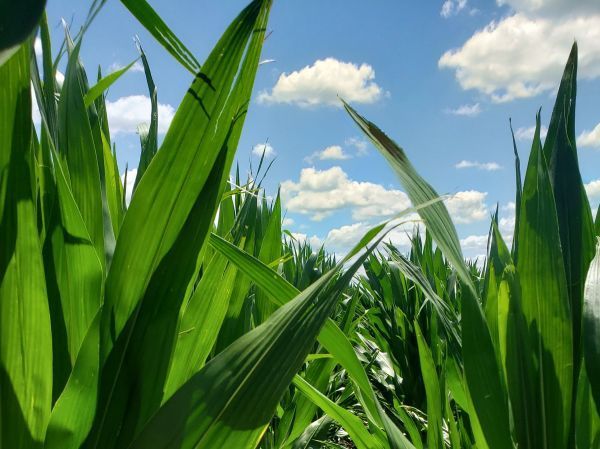Breaking the Silence: Support for Illinois Farm Families
The Hidden Weight of Agriculture
On this special episode of IL Corn Connection, host Stu Ellis dives deep into a topic that touches every rural community -- mental health in agriculture. With rising stress levels, generational transitions, financial pressure, and unpredictable weather, today’s farmers face more than just the challenges of the growing season. They’re carrying the invisible weight of chronic concerns year after year.
Lynn Weiss, a longtime advocate from the Farm Family Resource Initiative and retired from Illinois Extension, shared her insights on how mental health is finally becoming a more open conversation in farm country. Still, the stigma remains. "Farmers aren't going to knock on the door and say, 'I need help,'" she explained. That's why outreach efforts must meet them where they are at farm shows, in one-on-one conversations, and through trusted family members.
Weiss emphasized that recent stressors such as farmland loss to solar and industrial development, rising input costs, and difficult family farm transitions are adding new layers of pressure. Programs like the Farm Family Resource Initiative (call 833-FARM-SOS) exist to help connect farm families with mental health professionals who understand agriculture’s unique demands.
Joining the conversation was Adrian DeSutter, a former school counselor turned mental health advocate and farmer’s wife. Adrian spoke about founding the Sow Grow Hope Initiative and serving on the American Farm Bureau’s mental health advisory board. “Mental health is a message for everyone,” she said. “Even if you’re not in crisis, small changes can make a big impact.”
DeSutter’s approach is grounded in realism, hope, and connection. She urges farm families to begin with a simple step by talking to someone they trust. That one small act can make future steps like calling a helpline or making an appointment feel less daunting. “We all live somewhere on the mental health continuum,” Adrian said. “It’s not about being broken, it’s about learning how to cope with stress and find contentment again.”
If you or someone you know is struggling, call the Farm Family Resource Initiative helpline at 833-FARM-SOS (833-327-6767). You don’t have to be in crisis to reach out—and you’re not alone.







